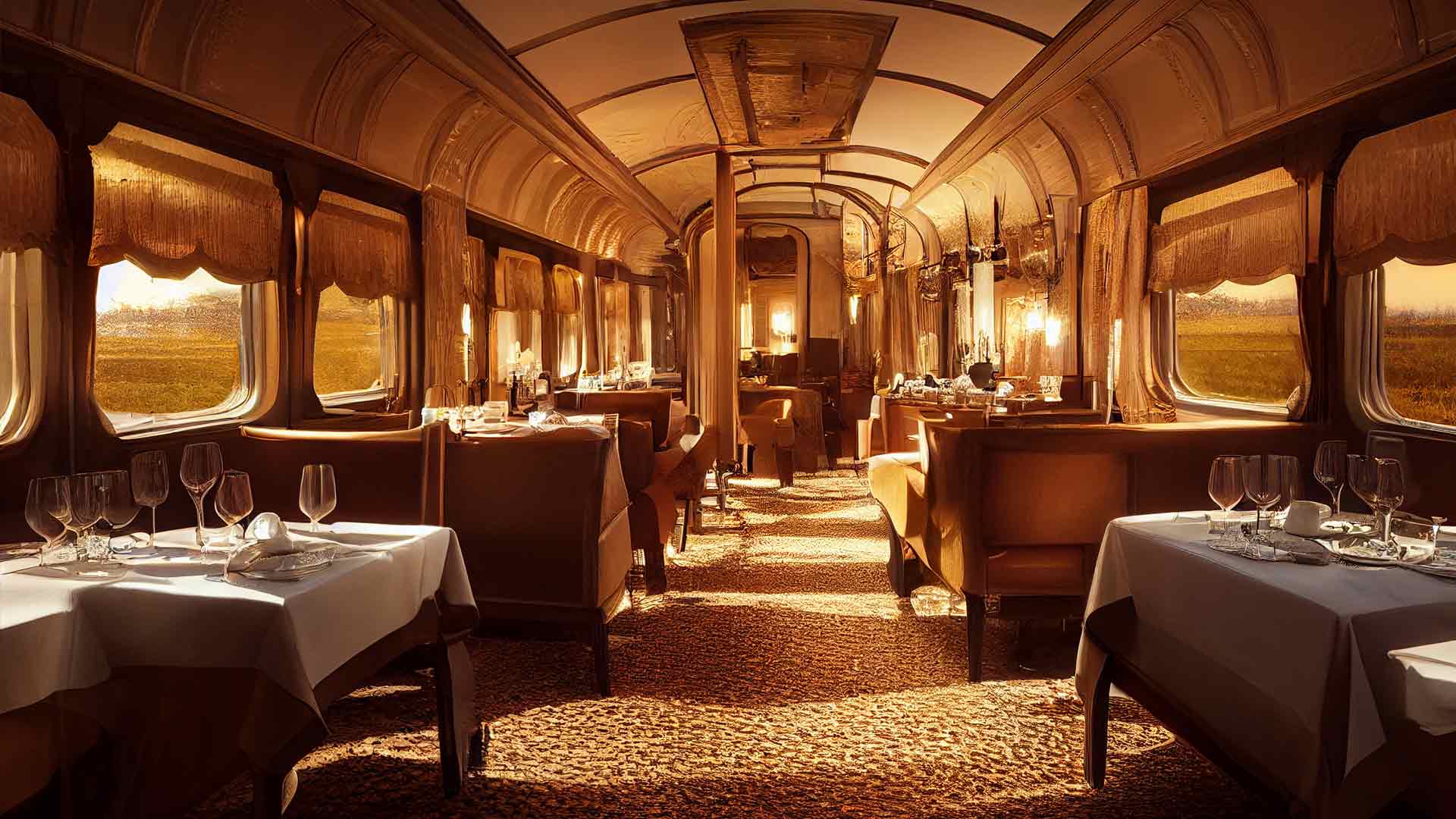Hotel & Restaurant Concept Design
Episode 1- Series - 1

In this webinar Joshua Gan, regional director of Asia Pacific for the EHL Group, is joined by Yuri Sawerschel, the founder of Creative Supply, which is a company that does a lot of hostel and restaurant concepts and will discuss hotel and restaurant content design. Creative Supply has a wealth of experience in hotel and restaurant concepts, they have been working on very different types of projects from ownership, to service level, budget properties to high-end luxury.
Hospitality Concept: a Definition
When people think about hospitality concepts, they tend to think directly about interior design. It's all about the wall and how you paint the wall and which furniture you put in the rooms. And those things are a part of it, but it's not the whole concept. The hardware is only one small part of what the whole concept is. And then you have a lot of other elements that I'll uncover afterwards from what story you're telling, what service you offer, what the identity of the place is, what channels you use, what content you produce and all these elements together actually create the concept. Otherwise the interior design is fresh and new for one or two years, you do the press and then what you do? You have nothing else to say. You need something stronger than painting a wall.
Main elements of hotel concept design
So, what do you start with? According to Yuri Sawerschel, you have to start with a story because whether you have a three room bed and breakfast in Italy or you have a 300 rooms hotel by train station, you can still tell a story. And actually you can tell a story regardless of the size of your rooms, for instance, or the size of your hotel. Of course the story will not be the same. But that's why it's very important to start not with what's physical, not with what you can touch, but start with the story. Once you have that nailed down the concept of the hotel, restaurant, co-living space or private members club, and you looked at the entire spectrum hospitality concept, then you can start looking at the different elements around it. Space, identity, content service, and obviously the people and all of these things have to work together.
The main mistakes that people make is that they make a lot of very good decisions in those specific elements. Maybe the interior designer is great and the people are amazing, but the service is bad and the identity is non-existent. And bringing that coherence is really what makes the difference.
What are the main revenue drivers in Hospitality?
First of all, from a hospitality point of view, the main revenue driver will remain the rooms. I don't think we should be delusional about F&B as a core revenue driver because typically the rooms are very profitable to the business, right? The viable costs are nonexistent, so it should remain the core revnue driver for a hotel. Would you bring revenue with a hairdresser event? Of course not. It drives people and it drives room booking. So I think we need to really differentiate all those activities and see them as added value to the core product, which is the room. Rather than saying the revenue is going to shift from renting. A hotel should still make money from rooms. There is a real potential in the subscription model for certain specific product types. Soho House has shown the way. It's a different way to creare that added value, which means targeting local people as opposed to tourists or travelers.
Nowdays, revenue has to come much more from the needs of the local people. If you adopt that mindset, then you get to go to a shopping mall. For example, dry cleaning, flower shop, a butcher. And why couldn't those things be part of what the hotel offers? If the location makes sense, there is potential in local subscription models and local services as a way to drive revenue.
